藝評
Hong Kong Visual Arts 2012 – a brief overview
約翰百德 (John BATTEN)
at 2:18pm on 14th January 2013
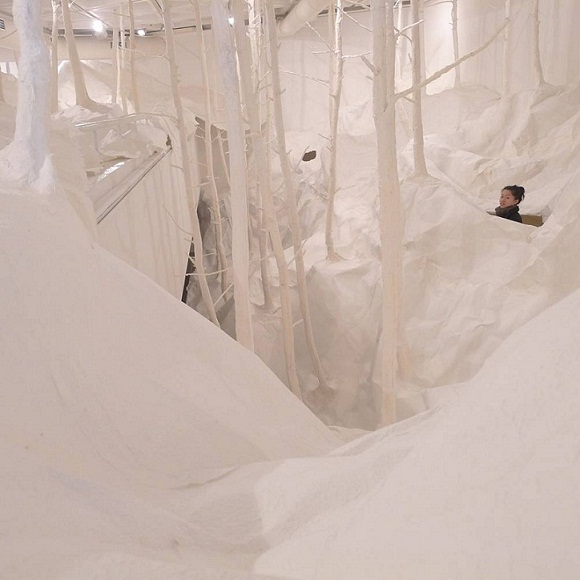
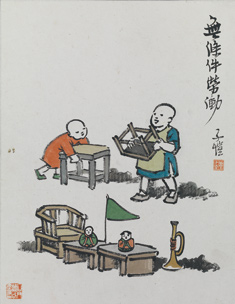
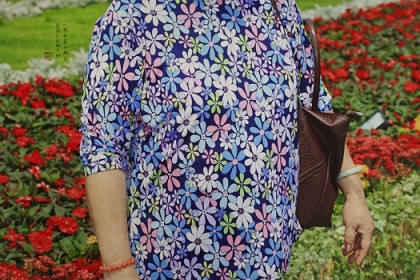
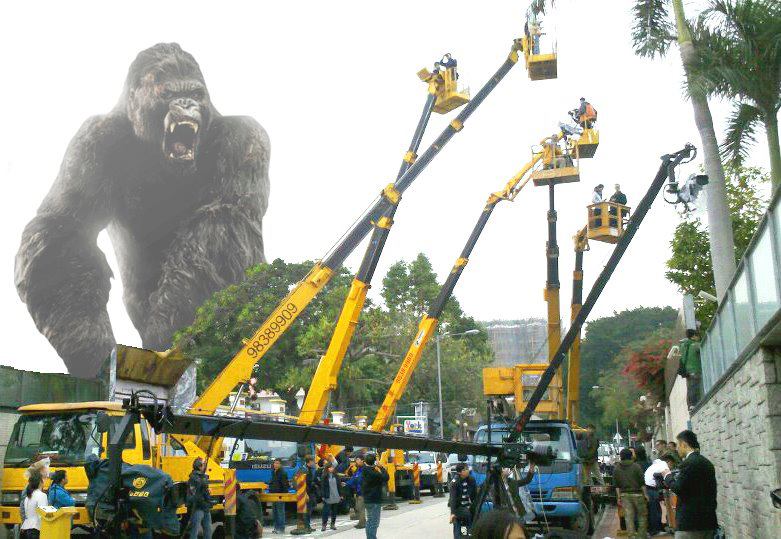
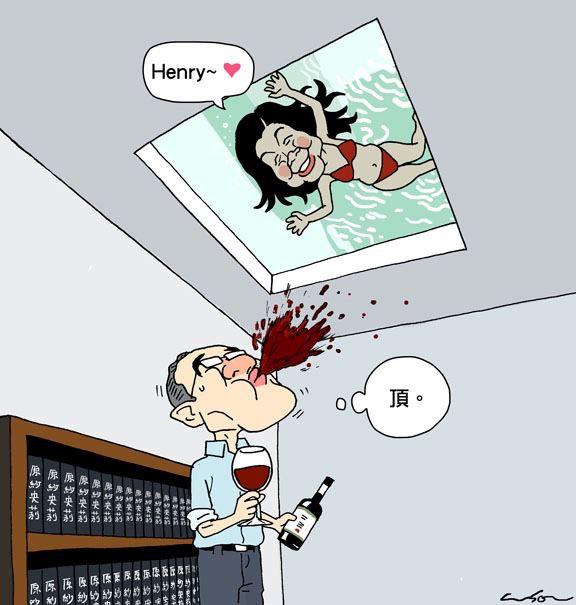
Captions:
1. Takashi Kuribayashi, Wald aus Wald (Forest from Forest), mixed media, 2011-2012.
2. Feng Zikai, Work for Fun, album leaf, ink and colour on paper. Courtesy of Feng Zikai family collection.
3. Paul Yeung, from Flower Show series, digital image on paper, 2011. Courtesy of Blindspot Gallery.
Selection of satirical images done during Election for the Chief Executive of HKSAR, 2012.
4. Actual cranes used by media to 'cover' Henry Tang's Kowloon Tong house and its illegal additions.
5. Satirical image based on media cranes seen at Henry Tang's Kowloon Tong house.
(原文以英文發表,題為《簡略回顧2012年香港視覺藝術》。)
Feng Zikai’s Creating a World of Compassion jointly organised by the Hong Kong Museum of Art and Zhejiang Provincial Museum was the best exhibition of the year. Feng’s wry observations of the follies of modern life, war, power and his renditions of the simple happiness brought by nature, friends, family and peace saw smiling viewers, nodding in agreement, touched by the artist’s humanity. If you missed Feng’s paintings and cartoons, buy the excellent catalogue.
The underwhelming Vision of Nature: Lost & Found in Asian Contemporary Art at the Hong Kong Arts Centre curated by Mori Museum’s Fumio Nanjo had one stellar large-scale installation, Takashi Kuribayashi’s Wald aus Wald (Forest from Forest), a completely white forest landscape constructed in papier-mâché and glimpsed from below through viewing holes. Covering two floors of the exhibition, this enormous installation was beautiful, tactile and transported viewers from a claustrophobic underworld to a breathless landscape.
A similar sensibility was evoked by Yang Fudong’s black and white filmed diorama The Fifth Night, presented on seven synchronized screens at Spring Workshop. This evocative depiction of 1930s Shanghai and a series of mysterious street encounters was visually addictive, clever and regrettably an empty narrative of existential pointlessness. Which was possibly the point.
It was a busy year of gallery exhibitions and most consistent were those undertaken by Blindspot Gallery, presenting solid photography displays accompanied by intelligent explanatory text. Paul Yeung’s Flower Show could have been banal; depicting middle-aged woman dressed in their best flower-patterned clothing at the annual Victoria Park flower show. But by hiding each subject’s face and printing the photographs in a otherworldly colour-format mounted on Chinese-styled scrolls with hand-penned calligraphy, the result was more conceptual than kitsch.
Well-publicized exhibitions often did not match their publicists’ enthusiasms. The West Kowloon Cultural District’s M+ first exhibition showed curatorial promise, but would have benefited from less art-world correctness. Likewise, it was problematic seeing one of Hong Kong’s best artists Tsang Kin-wah, displaying an elaborate installation and video projections at Pearl Lam Gallery. The experience, which should have been engrossing, depicting the murder of the deposed Romanian dictator Nikolae Ceausescu, was a slow, grainy exercise in tedium.
Many young artists had breakthrough presentations of their work this year. Including, kinetic sculptor Roy Ng, mixed-media artist Ng Ka Chun, traditional painter Eunice Cheung, and artist and sometime Woofer Ten illustrator Sushan Chan. The recent catalogue publication by Osage Gallery of last year’s collaborative exhibition exploring the work of former Chinese University teacher Lui Chun Kwong and a hundred of his students adds another view to Hong Kong’s contemporary art scene.
Amidst the on-going vilification of artist Ai Weiwei by mainland authorities and his vigorous defence of freedom of expression, Hong Kong has upheld this principle without compromise. In a spirited burst of artistic freedom on social media websites, the public posted thousands of witty manipulated film posters and photographs relating to alleged misconduct made by the two candidates, Leung Chun-ying and Henry Tang Ying-yen, in this year’s Chief Executive election.
A consequence of this political environment saw Leung Chun-ying’s hopes for a new Culture Ministry dashed.
A version of this was originally published in the South China Morning Post on 30 December 2012.
